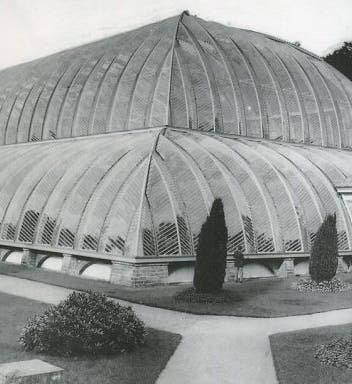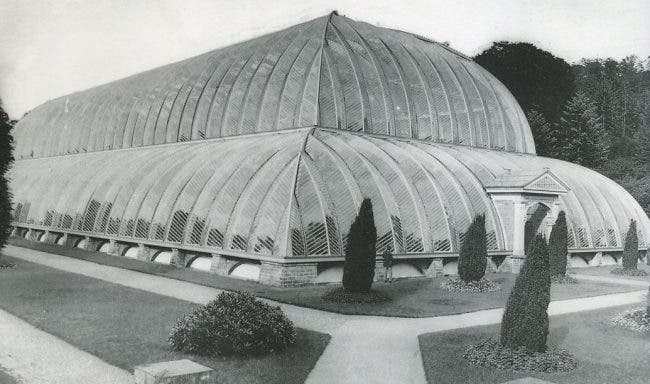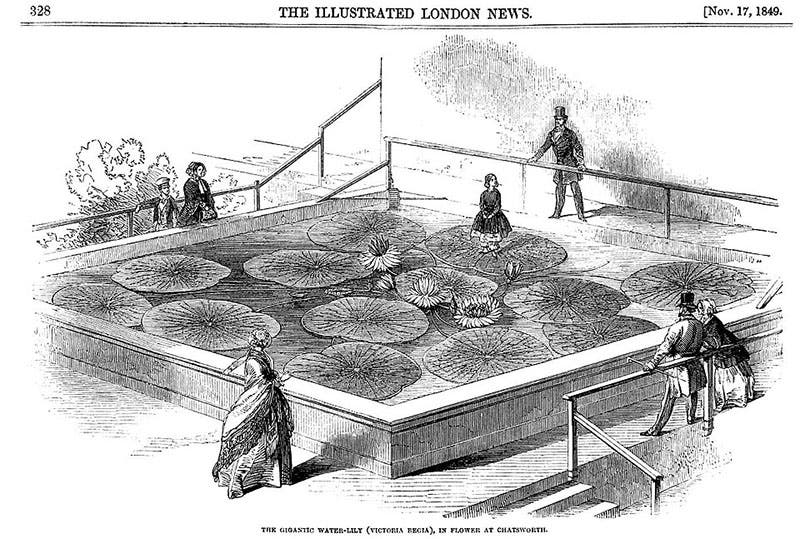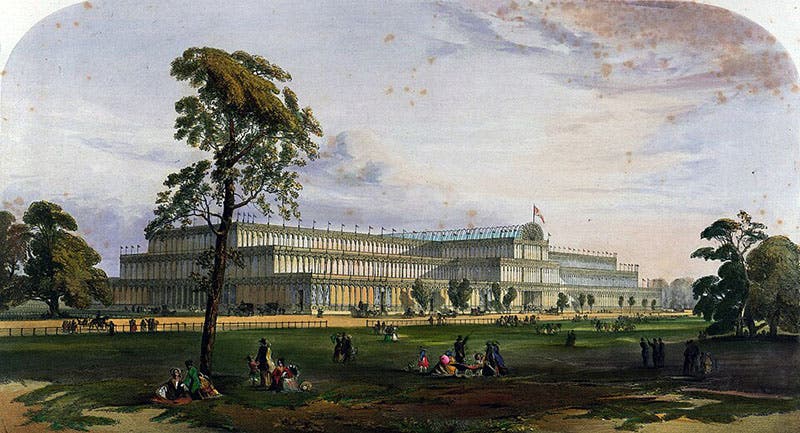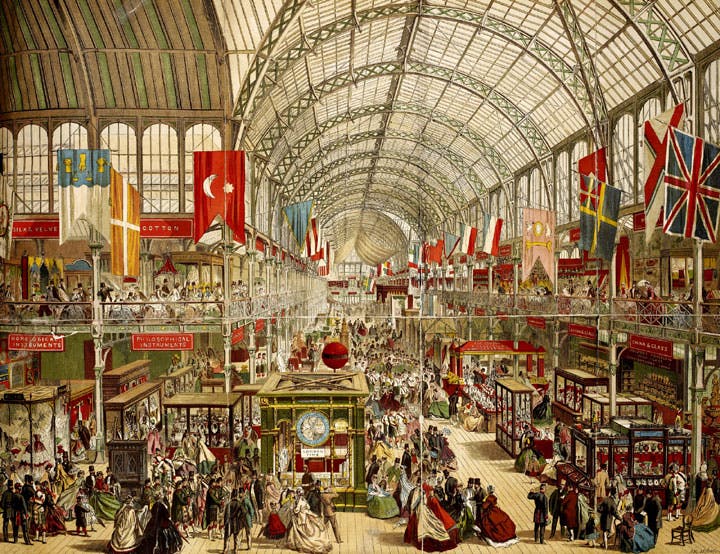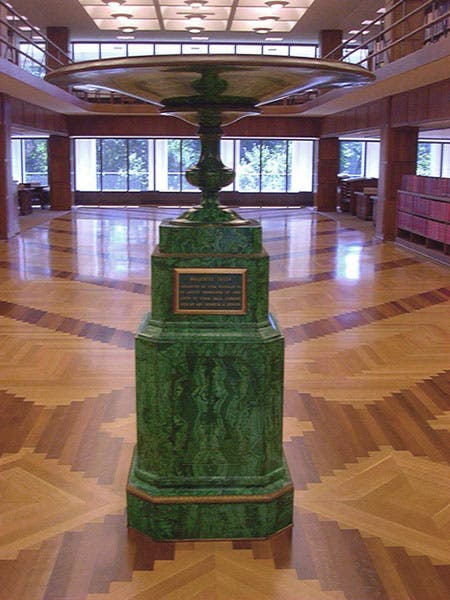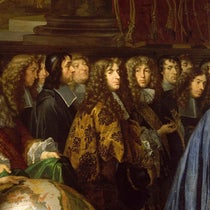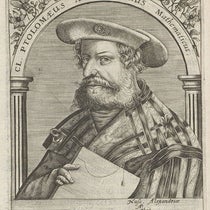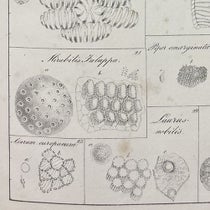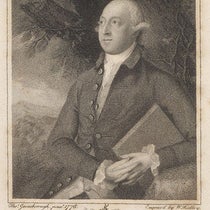Scientist of the Day - Joseph Paxton
Sir Joseph Paxton, an English gardener and architect, was born Aug. 3, 1803. When still a young man, Paxton was hired by William Cavendish, the 6th Duke of Devonshire, to oversee the restoration of the gardens at the family estate of Chatsworth, in Derbyshire. Paxton made the Chatsworth gardens one of the grandest in the world. In 1841, he completed the "Great Stove," a huge football-field-sized greenhouse, which at the time was the largest glass building in the world (see first image above). Charles Darwin visited Paxton and Chatsworth in 1845. Another construction at Chatsworth was the Lily House, built specifically to shelter the world's largest water lily, Victoria amazonica (called Victoria regia in Paxton's day). Not only did he house the lily, he coaxed it into flowering, the first time anyone had done so outside of South America (second image).
The Duke generously allowed his head gardener to take on other projects, and Paxton designed and built the famous Crystal Palace for the Great Exhibition of 1851 in London (third and fourth images). This was an enormous glass and cast iron structure that quickly took over honors as the world's largest glass building, being over 1800 feet long and 120 feet tall. We have good reason to believe that the green malachite tazza, that now stands in the Library’s reading room, once stood inside Paxton’s glass house, as part of the Russian exhibit at the fair (fifth image).
Dr. William B. Ashworth, Jr., Consultant for the History of Science, Linda Hall Library and Associate Professor, Department of History, University of Missouri-Kansas City. Comments or corrections are welcome; please direct to ashworthw@umkc.edu.

